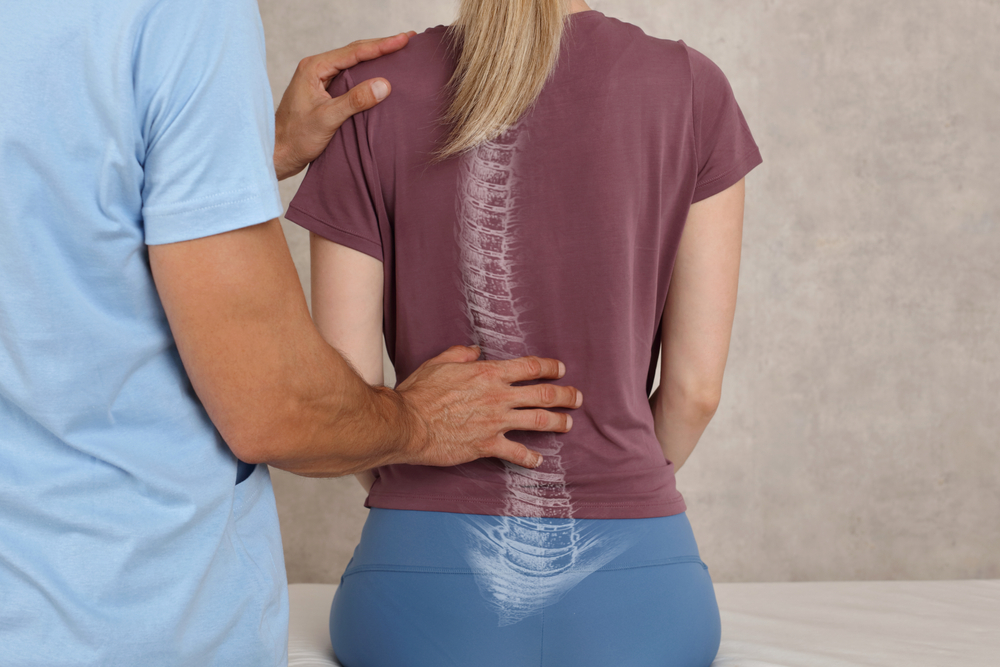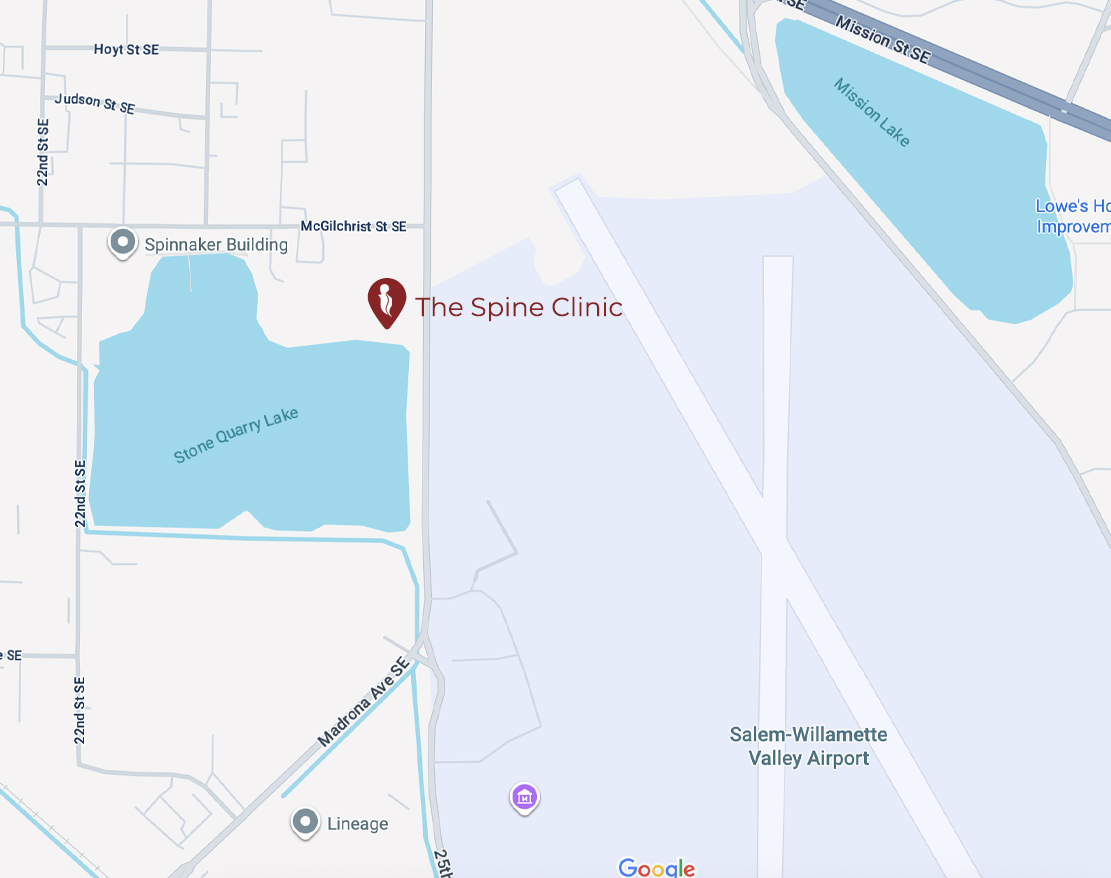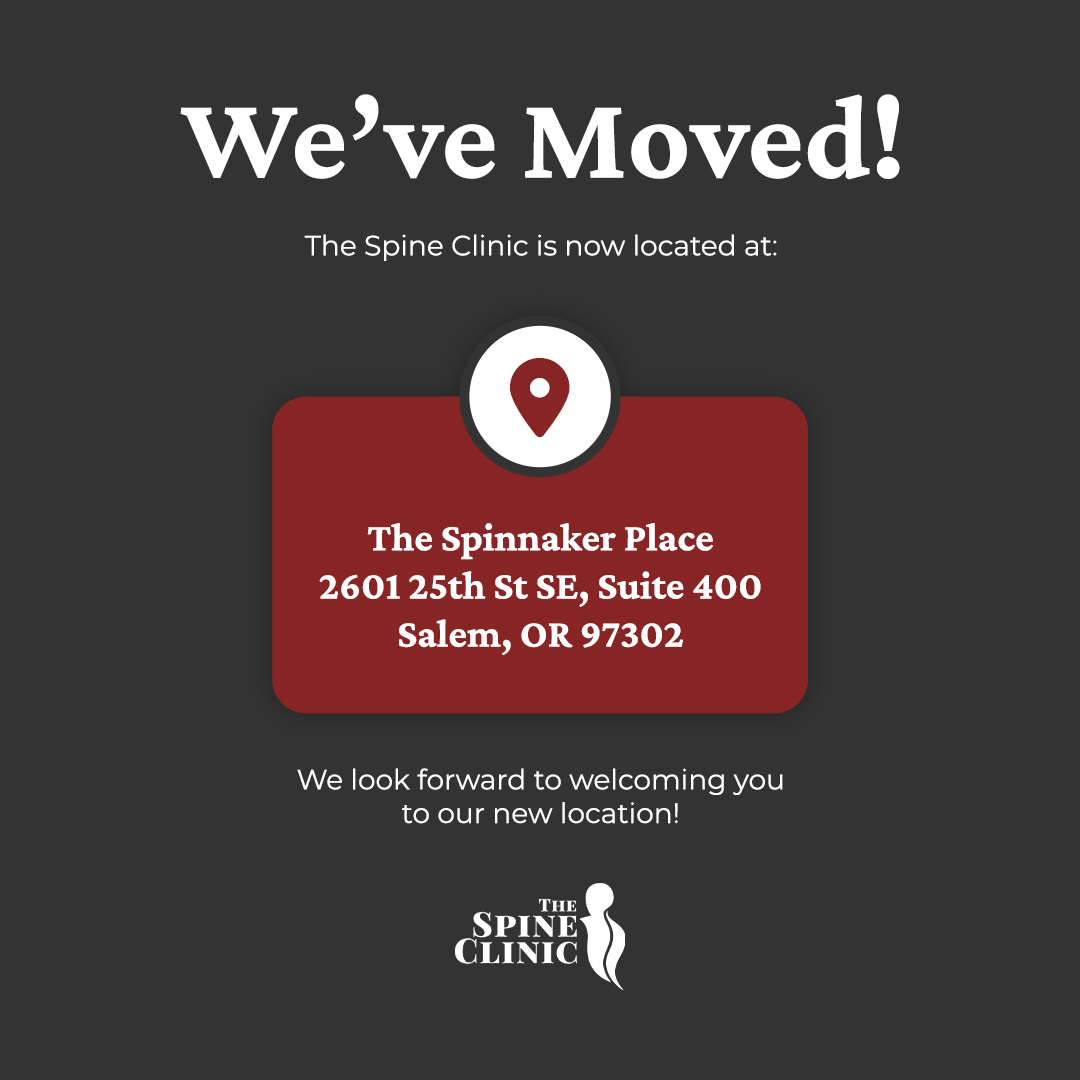Scoliosis is a condition characterized by spinal curvature, often diagnosed in adolescence. While the condition often occurs in people with muscular dystrophy or cerebral palsy, it can affect relatively healthy individuals. The cause of childhood scoliosis is unknown. While most cases are mild, they usually worsen as the child grows. Severe scoliosis can make it difficult to walk or perform daily functions.
Understanding Scoliosis
Scoliosis is a sideways spinal curvature. The condition can be mild or severe, depending on the individual. Looking at yourself in the mirror may not show whether you have scoliosis. Most adults with scoliosis have had it since childhood but may not have been aware.
When the condition is mild, doctors may recommend close monitoring. Using X-rays helps determine whether it is worsening. Over time, scoliosis can be severe or disabling as it reduces the space within the chest. It can make it difficult for the lungs to function well.
What Causes Scoliosis
While it may be unclear what causes the common form of scoliosis, doctors believe it may be hereditary. The less common scoliosis may be due to neuromuscular conditions, such as muscular dystrophy or cerebral palsy.
The condition may also be due to birth defects, spinal infections or injuries, or previous chest wall surgery. Some individuals develop scoliosis due to spinal cord irregularities. Children with mild curves may not require treatment. The risk of curve progression is low after the bones stop growing.
Symptoms of Scoliosis
Scoliosis is usually painless and occurs gradually. Symptoms of the condition differ depending on the individual. They are as follows:
One shoulder blade appearing more prominent
Uneven shoulders
One hip higher than the other
Uneven waist
One side of the back more prominent when bending forward
The rib cage jutting forward on one side
In most scoliosis cases, the spine twists or rotates, which causes the muscles or ribs to stick out further on one side. If you notice symptoms of scoliosis in your child, visit a healthcare provider.
Scoliosis Complications
Most people have mild scoliosis, which does not cause problems. However, some people experience complications, including problems with breathing, the back, and appearance. Severe scoliosis can cause the rib cage to press against the lungs, making it hard to breathe.
People who develop scoliosis in childhood are more likely to suffer from chronic back pain in adulthood. As the condition worsens, many individuals feel self-conscious about their physical appearance. They may also find it hard to get clothes that fit properly.
Chiropractic Treatment for Scoliosis
Treatment depends on the size of the curve or the severity of the scoliosis. A comprehensive exam will determine muscle weakness, reflexes, and numbness. Imaging tests can confirm the diagnosis and assess the severity of the spinal curvature.
Large curvature is more likely to worsen over time. Regular chiropractic care can help to prevent the worsening of the condition. The chiropractor will create an individualized treatment plan depending on your condition.
Doctors may recommend bracing or surgery, depending on the severity. If you suspect you may have scoliosis, visit a chiropractor. Discussing your medical history and assessing your symptoms will determine if you have scoliosis.
For more information on scoliosis, visit The Spine Clinic at our office in Salem, Oregon. Call (503) 362-5555 to book an appointment today.









